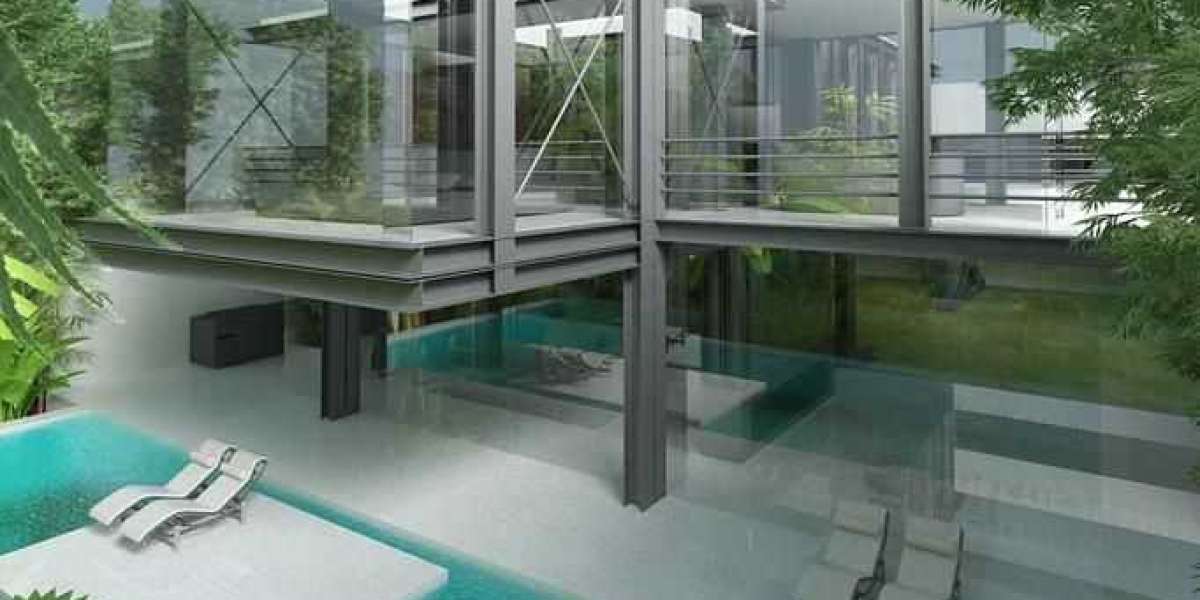If you're looking for an efficient solution to minimize heat transfer in your building, then vacuum insulated glass is the answer to your problem. Vacuum insulated glass is a type of glazing unit that eliminates heat transfer between the two glass sheets due to gaseous conduction and convection, and reduces radiative heat transfer to a low level by using one or two internal transparent glass sheets with low emittance coatings.
Heat transfer is a significant concern in buildings, especially in extreme temperatures. During the summer, heat can penetrate through the windows and cause the indoor temperature to rise, leading to discomfort and increased energy consumption for air conditioning. In the winter, heat can escape through the windows, causing the indoor temperature to drop, which results in increased energy consumption for heating. Therefore, it is essential to have an efficient glazing system that can minimize heat transfer to maintain a comfortable indoor environment and reduce energy consumption.
Advantage of using Vacuum insulated glass in House
Vacuum insulated glass is an innovative solution that has been designed to address the issues of heat transfer in buildings. It consists of two or more glass panes that are separated by a vacuum. The vacuum space between the glass panes is either left as an empty space or filled with a gas that has low thermal conductivity. This vacuum space eliminates heat transfer through gaseous conduction and convection, making it an efficient insulation system.
In addition to the vacuum space, vacuum insulated glass also uses one or two internal transparent glass sheets with low emittance coatings to reduce radiative heat transfer. Emittance is the ability of a material to emit infrared radiation, and low emittance coatings reduce the amount of infrared radiation that is emitted. By reducing radiative heat transfer, vacuum insulated glass helps to maintain a comfortable indoor environment and reduce energy consumption.
Vacuum insulated glass is an ideal solution for buildings that require high thermal insulation, such as residential, commercial, and industrial buildings. It is also an excellent choice for buildings located in extreme climates. With its high energy efficiency, vacuum insulated glass can help to reduce energy consumption and lower energy costs, making it a cost-effective solution in the long run.
In conclusion,
Vacuum insulated glass is an innovative and efficient solution to minimize heat transfer in buildings. It eliminates heat transfer through gaseous conduction and convection, and reduces radiative heat transfer to a low level by using one or two internal transparent glass sheets with low emittance coatings. If you're looking for a high-performance glazing system that can help to maintain a comfortable indoor environment and reduce energy consumption, then vacuum insulated glass is the perfect choice for your building.



